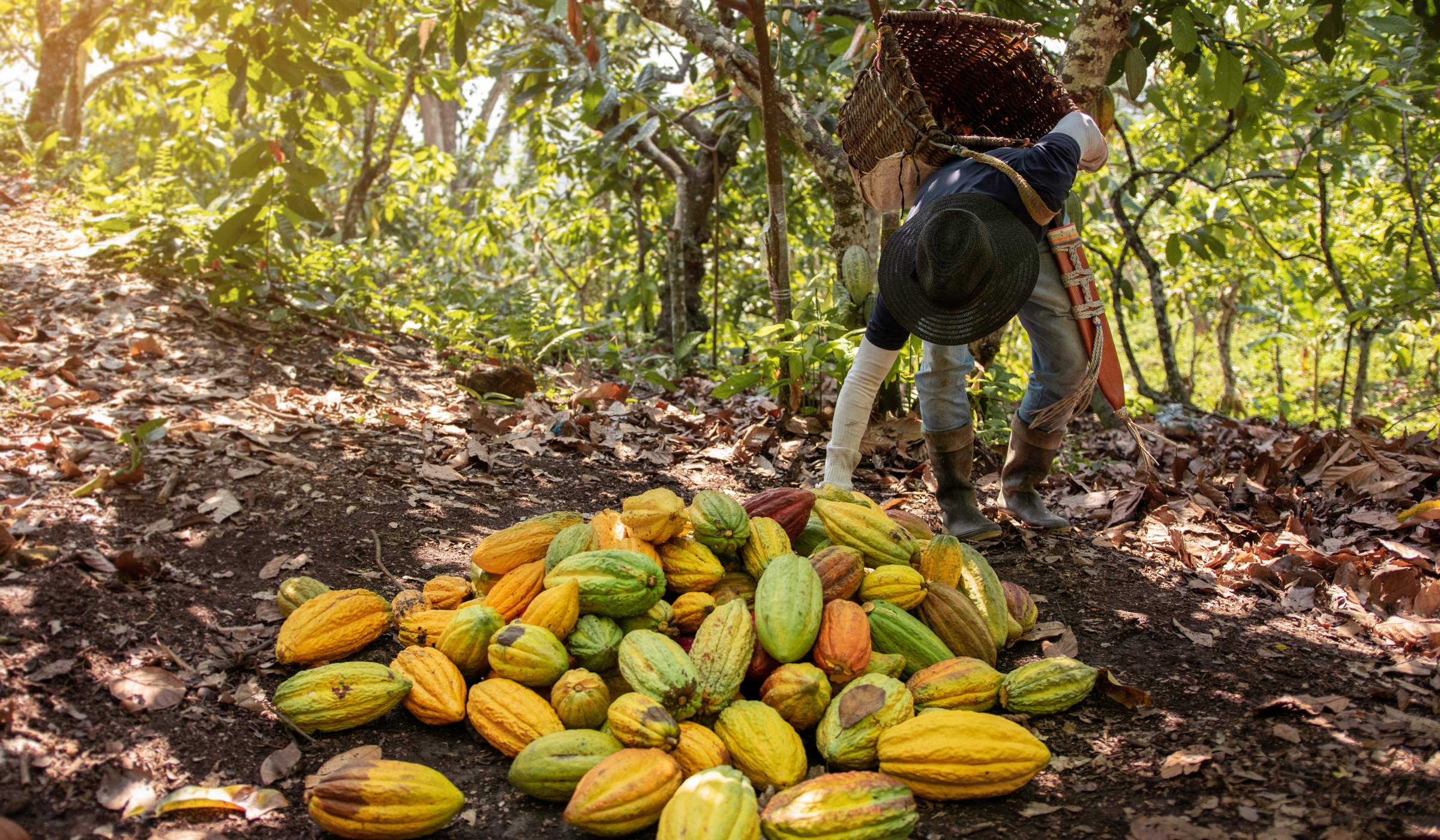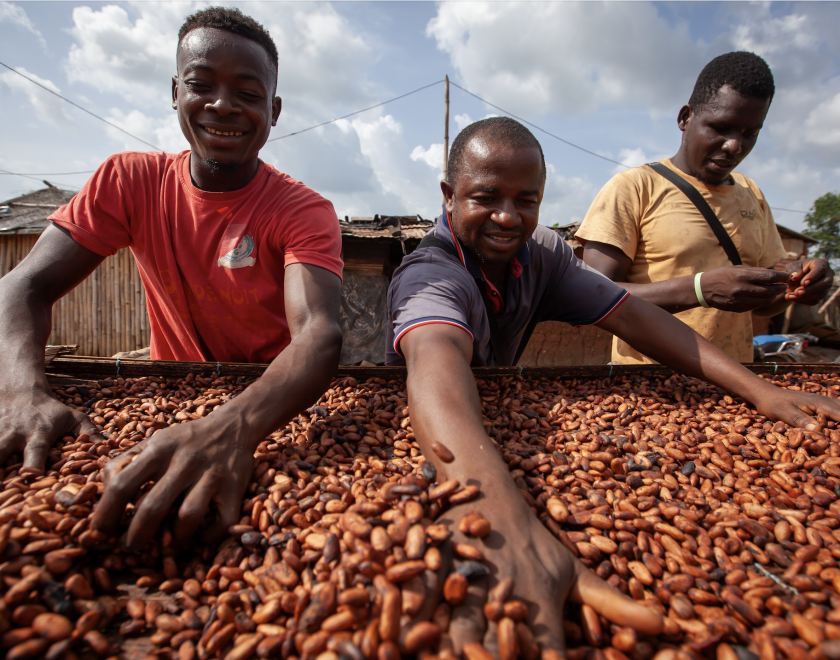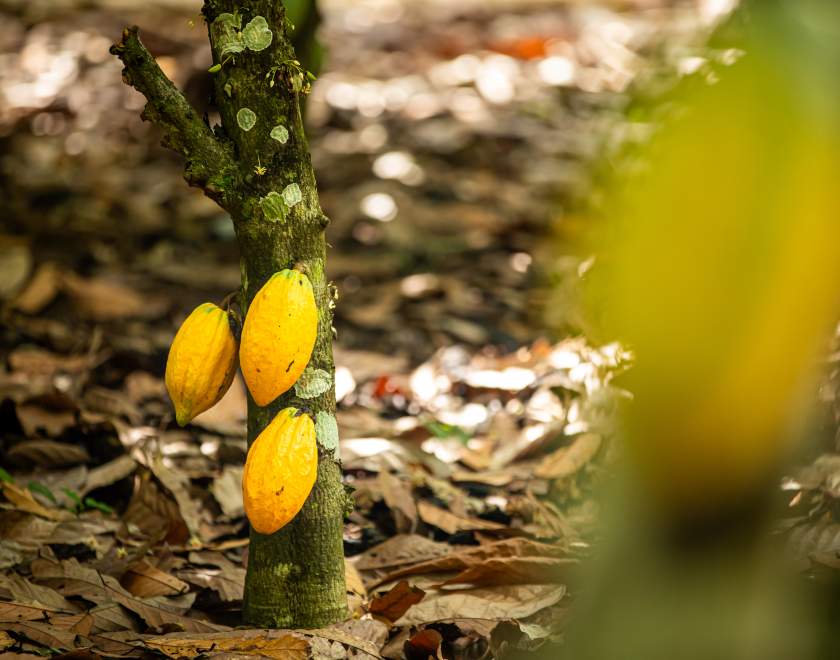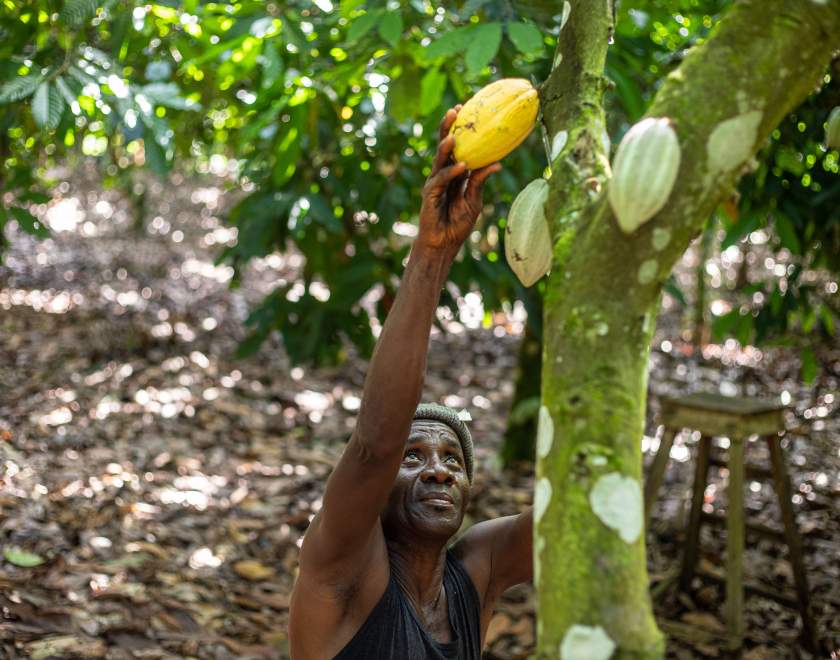
When it comes to cocoa farmers’ incomes, there are many different ways to measure them.
That creates major problems for comparing data across studies, assessing impact and determining which interventions truly work best to raise those incomes.
It’s why earlier this year, the World Cocoa Foundation (WCF), KIT, Wageningen University & Research (WUR) and several other partners forming the Alliance on Living income in Cocoa (ALICO), teamed up to develop and publish a comprehensive new methodology to measure cocoa household income.
In addition to creating a standardized approach that all organizations can use, the new methodology fills in previous gaps by providing visibility into new segments of cocoa farmers and how cocoa households are affected by sustainability initiatives.
Now, WCF, KIT and WUR are putting this new approach into action. This month marks the start of a pilot study led by WCF that will use the methodology with approximately 1,200 cocoa-growing households being interviewed in Côte d’Ivoire’s Yapo Abbe Forest. GIZ, commissioned by the German Ministry for economic cooperation and development (BMZ), also plans to pilot the methodology and develop baseline studies in Bossématié, and SWISSCO will do the same in Cavally.
The household interviews will continue until October, at which point the partners will start compiling and analyzing the results. The pilot will yield lessons learned on the methodology and also deliver baseline data that will be used to track progress on cocoa household incomes over time. The data will also be anonymized and shared publicly for others to use.
In the meantime, experts from all three organizations share the topics they are most excited and curious to learn more about as the pilot study takes place.
1. Better sampling and better representation
In the past, studies have tended to overrepresent cocoa farmers in the direct supply chain. The new methodology is more inclusive of those in the indirect supply chain, too. It includes greater representation of sharecroppers, women, youth and other groups.
“I’m especially eager to see if there is a significant difference in incomes between farmers in the direct supply chain and the indirect supply chain and based on the data to strategize on how to design programs to ensure that households in the indirect supply chain benefit from sustainability programs,” said Michael Matarasso, WCF’s Director of Monitoring and Evaluation.
Selma van der Haar, Advisor Impact Economics from KIT, agreed: “What excites me in this research is learning about the incomes of cocoa-producing households in the indirect supply chain. We would like to understand who the farmers are, which income struggles they face and to what extent they are reached by sustainability initiatives.”
2. The true financial picture of cocoa farming – and which interventions work best
To date, studies have not consistently measured all the factors involved in farming, like the cost of production. And the same is true of income that cocoa-growing households generate from non-cocoa activities.
“When you drill down specifically into non-cocoa income, I’m excited to see anything that’s unique in that space, as well as what we might learn about farmers’ costs. It could be that overall net household income has been a bit misunderstood until now,” said Matarasso.
He also called out the ability to see which sustainability interventions have the greatest impact on incomes, which could shape the best practices that WCF recommends to member companies and other partners going forward.
3. More comparability across studies and continuous improvement
Yuca Waarts, Senior Researcher at WUR, highlighted the richness of the data that will soon be available to everyone who researches cocoa farmers’ incomes.
“This year, there will be quite a lot of new and harmonized data available from several landscape programs and beyond, which is important for discussion on how to substantially increase incomes of different types of cocoa farming households and close living income gaps,” Waarts said. “I very much look forward to the discussions that follow and to creating actionable recommendations for different types of stakeholders.”
And along the way, the researchers in the new pilot study and others using the methodology will be able to share what works and how the instructions for implementing it might be refined. This will allow everyone using it to take full advantage of the expertise of those who designed the methodology and their experience conducting these types of surveys over many years.
“This is an opportunity to put the cocoa household income methodology that we developed into practice and test it in three landscapes in Côte d’Ivoire,” van der Haar said. “And we are eager to learn the practical experience of other parties implementing the method in parallel to be able to validate how it’s being used.”


